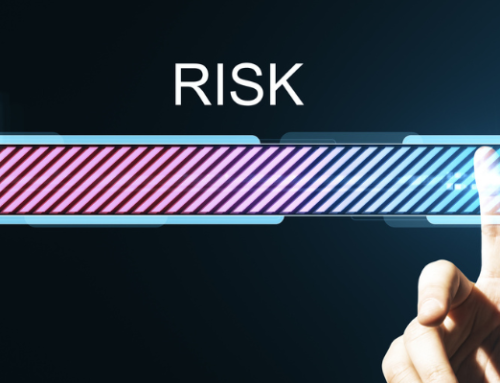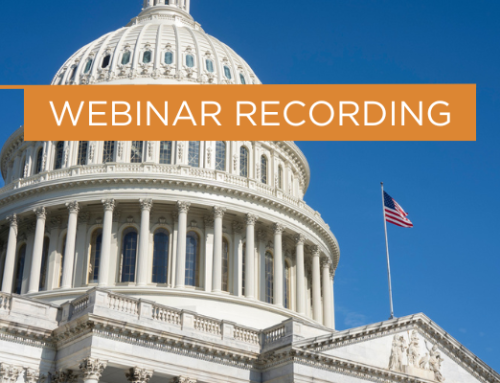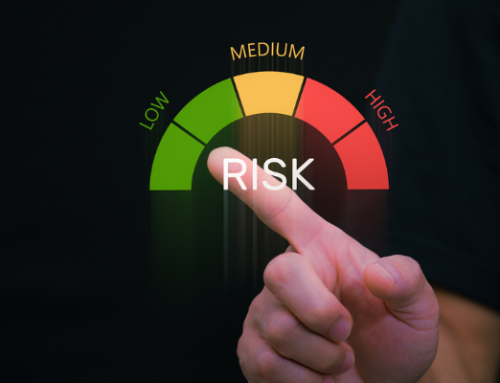Introduction
Discovering fraud within your organization can be a daunting experience. The initial shock and confusion can easily lead to panic. However, how you respond in these critical moments can determine the extent of the damage and the speed of recovery. Here’s a step-by-step guide on what to do next when you uncover fraud.
Step 1: Stay Calm and Assess the Situation
Initial Reaction: It’s natural to feel alarmed when you first uncover fraud. Take a moment to collect yourself and approach the situation with a clear, level-headed mindset.
Immediate Assessment: Quickly assess the scope and impact of the fraud. Determine what has been compromised, the extent of the damage, and identify any immediate threats that need to be addressed.
Step 2: Secure Evidence
Preserve the Scene: Just like a crime scene, the area or systems where the fraud occurred should be preserved to avoid tampering with evidence. This includes securing any physical documents, digital files, and communication records.
Document Everything: Keep detailed records of all actions taken from the moment fraud is discovered. This includes notes, photographs, screenshots, and copies of relevant documents. Accurate documentation is crucial for internal investigations and potential legal proceedings.
Step 3: Report Internally
Notify Key Personnel: Inform senior management, the legal team, and internal audit or compliance departments. Transparency with key stakeholders is essential for a coordinated response.
Follow Protocols: Adhere to your organization’s fraud response plan or crisis management protocol. If your organization lacks such protocols, it’s vital to establish a chain of command and communication to manage the situation effectively.
Step 4: Conduct a Thorough Investigation
Assemble a Team: Form an investigation team that includes members from legal, compliance, HR, and IT departments. Consider involving external experts if the fraud is complex or significant in scale.
Investigate Methodically: Conduct a comprehensive investigation to understand how the fraud was perpetrated, who was involved, and what systems or controls were bypassed. Use forensic accounting techniques to trace financial discrepancies and gather conclusive evidence.
Maintain Confidentiality: Ensure the investigation is conducted confidentially to prevent tipping off the fraudsters and to protect the reputation of innocent employees and the organization.
Step 5: Mitigate Immediate Risks
Contain the Fraud: Take steps to prevent further loss or damage. This might involve suspending suspicious accounts, freezing assets, or temporarily halting certain business operations.
Address Vulnerabilities: Identify and rectify security weaknesses that allowed the fraud to occur. This could include enhancing access controls, improving monitoring systems, and strengthening internal controls.
Step 6: Communicate Appropriately
Internal Communication: Keep employees informed about the situation without causing unnecessary alarm. Reassure them that the organization is taking appropriate actions and that their cooperation is essential.
External Communication: If the fraud has external implications (e.g., affecting customers, investors, or the public), prepare a carefully crafted statement to address the situation. Be transparent but cautious, ensuring that you do not compromise the investigation or legal proceedings.
Step 7: Take Legal Action
Consult Legal Counsel: Work closely with your legal team to determine the appropriate legal actions. This might involve filing a police report, pursuing civil litigation, or cooperating with regulatory authorities.
Prosecute Offenders: If the investigation identifies perpetrators, take the necessary steps to hold them accountable. This not only seeks justice but also serves as a deterrent to others.
Step 8: Review and Revise Policies
Post-Incident Review: Conduct a thorough review of the incident to identify lessons learned and areas for improvement. Analyze what worked well and what could be improved in your fraud response.
Policy Enhancement: Update your fraud prevention policies and procedures based on the findings. Implement stronger controls, enhance employee training, and develop a robust fraud risk management framework.
Step 9: Rebuild Trust
Support Affected Parties: Provide support to employees, customers, or stakeholders who may have been affected by the fraud. This might involve offering counseling services, compensation, or other forms of assistance.
Reaffirm Commitment to Integrity: Communicate your organization’s commitment to preventing future fraud and maintaining ethical standards. Rebuild trust by demonstrating transparency, accountability, and a proactive approach to fraud prevention.
Conclusion
Finding fraud within your organization is challenging, but a well-structured response can mitigate the damage and prevent future occurrences. By staying calm, securing evidence, conducting a thorough investigation, and taking swift, decisive actions, you can navigate this crisis effectively and emerge stronger. Remember, every fraud incident is an opportunity to learn and improve, ensuring that your organization remains resilient and vigilant against future threats.





